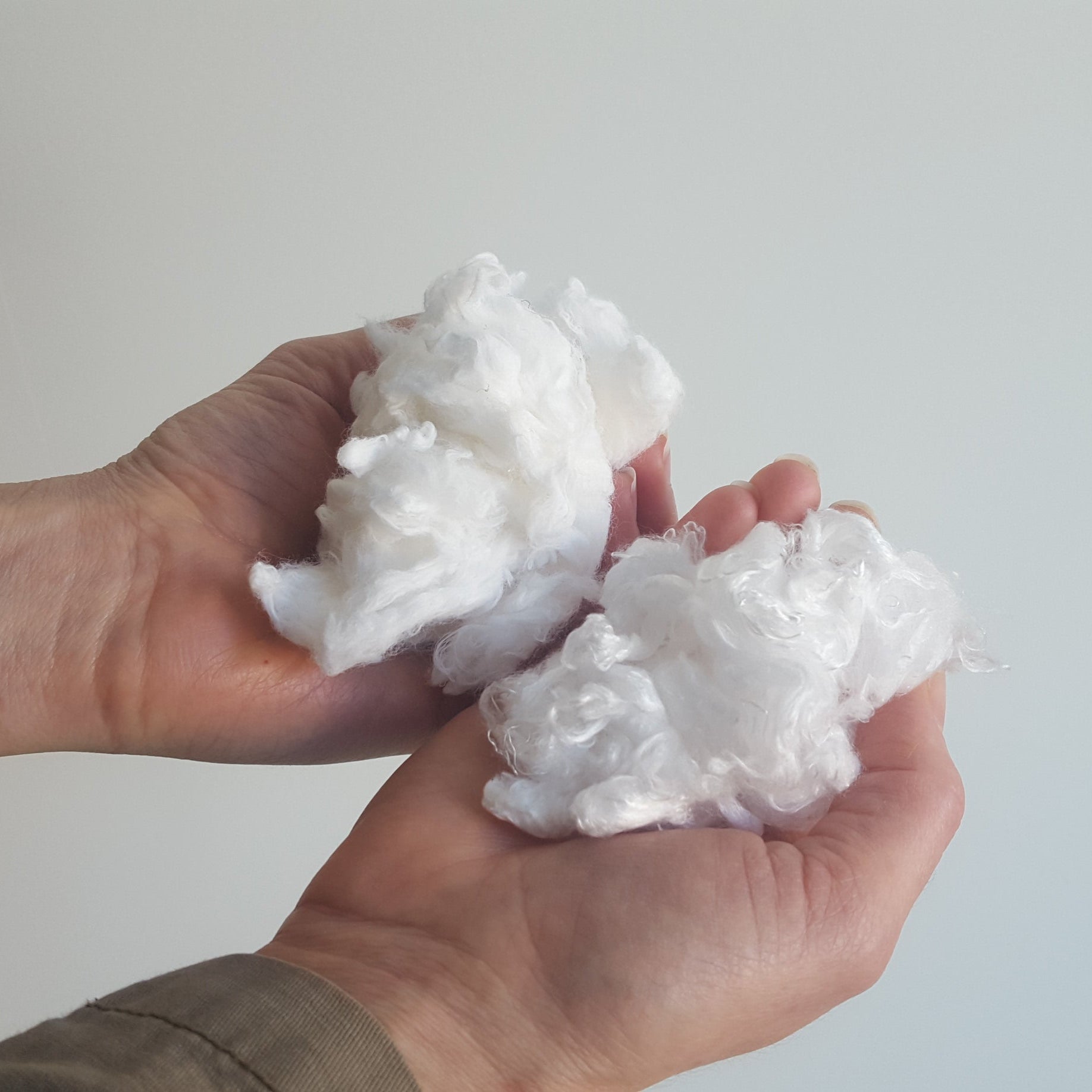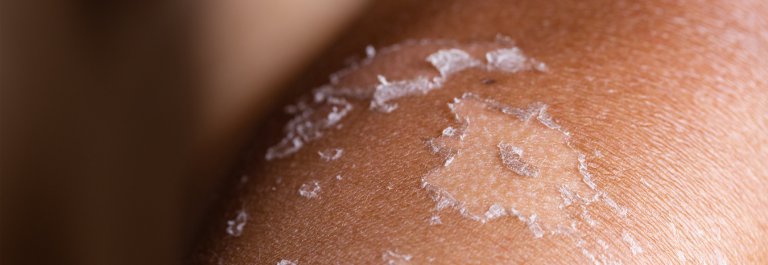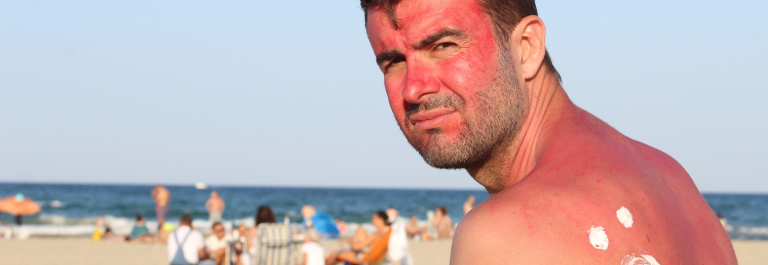Scabies is a contagious skin condition caused by an infestation of Sarcoptes scabiei, a type of tiny mite that burrows into human skin to lay eggs. This leads to an itchy rash, intense itching, and inflammation. Though treatable, scabies can easily spread through direct skin contact and often goes unrecognized until symptoms worsen.
In this blog, we're going to explore:
-
What causes scabies and how it spreads
-
Recognizing the symptoms and types, including crusted (Norwegian) scabies
-
How to effectively treat scabies and prevent reinfestation
Read on to understand how to diagnose, treat, and stop the scabies mites in their tracks.
What Causes Scabies?
Scabies is caused by scabies mites, microscopic parasites, that infect the skin. The female mite burrows into the outer layer of the skin to lay eggs, triggering an immune response that leads to severe itching and rash.
These scabies mites live on the surface of the skin, especially in warm, moist areas like:
-
Skin folds
-
Between fingers and toes
-
Around the waistline
-
Under the breasts
-
On the soles of the feet
How Does Scabies Spread?
Scabies is highly contagious and spreads through direct skin contact, especially skin-to-skin contact with an infected person. Although it is less common, you can also get scabies by sharing towels, bedding, or clothing.
Scabies infestations often occur in:
-
Households
-
Nursing homes
-
Childcare centers
-
Prisons
Crusted scabies, or Norwegian scabies, is particularly contagious due to the high number of mites burrowed into the skin. People with weakened immune systems are especially vulnerable.
Recognizing the Symptoms of Scabies
Typical Symptoms
-
Intense itching, often worse at night
-
A red, itchy rash or tiny blisters
-
Thin, wavy lines called scabies burrows
-
Sores or scabs from scratching
Severe Cases: Crusted (Norwegian) Scabies
-
Thick, crusted skin
-
Thousands to millions of mites
-
Often affects the whole body
-
Can resemble psoriasis or eczema
This form is more common in people with weakened immune systems and requires aggressive treatment.
How Is Scabies Diagnosed?
To diagnose scabies, healthcare providers usually look at the skin and ask about symptoms. In some cases, they'll take skin scrapings to examine under a microscope for:
-
Mites
-
Mite eggs
-
Fecal matter
Accurate diagnosis is key to avoiding confusing scabies with other skin conditions, which can lead to treatment failure.
Simple Solutions to Treat and Soothe Scabies
While a doctor may prescribe medications like permethrin cream or oral ivermectin to treat the root cause and kill scabies mites, you can also use skin-friendly products to help relieve intense itching and support your recovery. Here are some effective at-home remedies to ease discomfort during and after a scabies infestation:
Organic Manuka Skin Soothing Cream
Made with just six all-natural ingredients, this oil-based Organic Manuka Skin Soothing Cream is perfect for dry, irritated skin caused by scabies infestation. Whether you're dealing with crusted scabies, a rash from scratching, or lingering inflammation, this cream helps control itching without burning or stinging. Gentle enough for babies, safe enough for eyelids, and rich enough for anywhere on the body, this is a go-to remedy for restoring skin after a scabies infection.
Remedywear™ Socks
These hypoallergenic Remedywear™ socks, available for both adults and kids, are infused with TENCEL and anti-inflammatory zinc to help soothe itchy rash, peeling skin, and blisters—especially on the soles of the feet where scabies often hide. Designed with a latex-free, reinforced heel and toe, they provide gentle compression and breathable comfort that supports healing during and after treatment.
Remedywear™ Gloves
Struggling with nighttime scratching? Remedywear™ Gloves are a soft, breathable solution that fits like a second skin. Ideal for both adults and children, these gloves help prevent skin damage caused by unconscious scratching while also keeping creams and ointments in place. With moisture-wicking fabric and a snug but comfortable fit, they're a must-have for managing the recovery phase of scabies rash.
Preventing Reinfestation
To prevent scabies, take these steps:
-
Avoid close physical contact with infected individuals
-
Don't share clothing, bedding, or towels
-
Treat everyone in the household or close environment at the same time
-
Monitor for symptoms to catch a scabies infestation early
Take Control and Treat Scabies Effectively
If you suspect you or someone close to you has scabies, don't wait. Use proven treatments like the ones mentioned above to kill scabies mites and stop the itchy rash for good.













